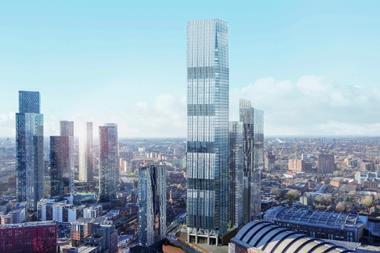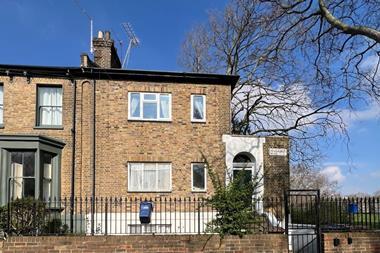The word regeneration gets bandied around a lot nowadays, as do all the other ‘re’ words: rejuvenate, remodel, reset, redevelop, reuse, re-establish, recreate, restructure, refurbish… have I forgotten any?

Whatever word you want to use, I remain adamant that swathes of the UK’s urban environment are ripe for modernisation and investment.
For me, the key to future success is unlocking existing places in cities and towns rather than creating new ones. My argument is that recycling urban areas is smarter given the scarcity of land in the UK and we need to conserve, not consume, limited resources.
Regeneration implies a lot of things: better connectivity, intensification of usage and the idea we should be focusing on redeveloping urban areas.
The Organisation for Economic Co-operation and Development’s (OECD’s) eye-watering estimate that 70% of people globally will live in a city by 2050 offers us a clear reason for making our UK cities work better. Urbanisation and changing demographics are at the heart of this trend.
Moreover, the competitive position of UK cities is fundamentally associated with whether or not you can provide the right environment in which to live, work and play. Especially with the UK leaving the EU, companies and people will make choices based on those sorts of factors.
Unleashing urban potential
The opportunity to fully unleash the potential of urban areas that require investment is enhanced by increased devolution of control to local leadership at city level.
Therefore, as investors and developers, we need to work with local authorities to modernise the local environment. By the private sector forming partnerships with the public sector, these opportunities can be unlocked and we can then provide the long-term capital to make it happen.
If we don’t get this right now, areas won’t be usable in 10 years
We need to modernise our environment to make it suitable for future living. It is vital we get this right now because if not we will regenerate areas in the wrong way so they won’t be usable in a decade’s time.
To fully explore how we can modernise the environment, we must not underestimate the important relationship between infrastructure and real estate, which has historically been underplayed. As part of this, we can expect intelligent intensification of cities concentrated around transport hubs, where there is still huge potential for private investment to be ploughed into this type of infrastructure.
If we take London as an example, while there has already been significant investment in the capital’s transport system, such as our new port in London Gateway, Essex, and extra rail capacity, more will always need to be done in a city growing at London’s pace.

This needs to be replicated around the rest of the UK where property and infrastructure investment can’t be seen as mutually exclusive.
Therefore, we need to look at each area holistically so that we can use existing space to its maximum potential. An example is our 440-unit build-to-rent scheme in Walthamstow, which recently received planning committee approval.
The old site was an industrial site, and rather than returning it back to that use, we are using the space to create much-needed London homes. Rather than pushing housing further outside London, we are building homes on existing land where future generations will want to live.
Ultimately, we need to change the way that we think about reusing existing urban space. Regeneration - or whichever re-related word pops into your vocabulary - works best when property and infrastructure projects are integrated into the existing built environment.
Bill Hughes is head of LGIM Real Assets





























No comments yet